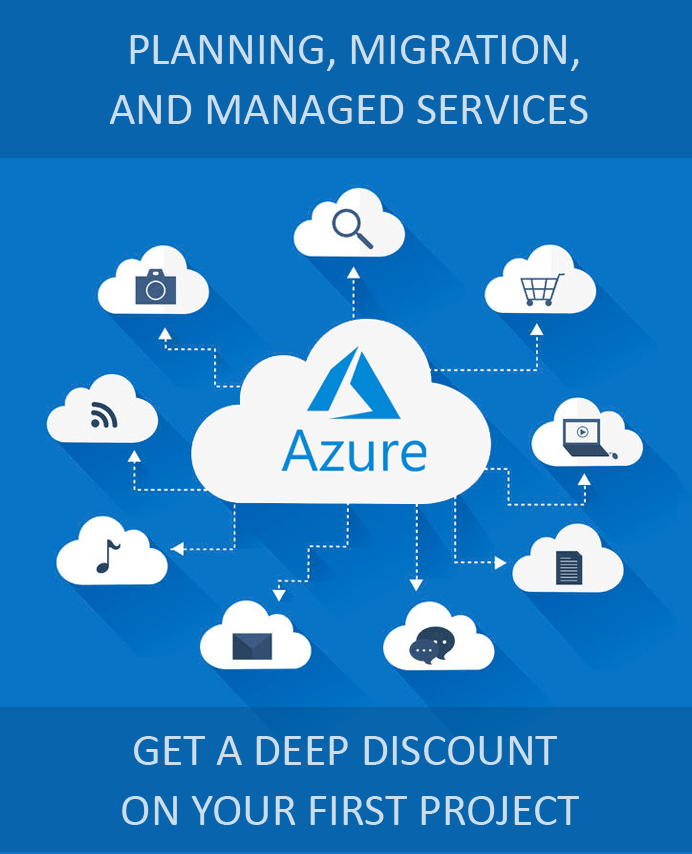Best Security Practices for Azure
Most businesses consider cloud solutions to be more secure than their datacenters. There are multiple challenges that businesses face when they have to secure their data centers. These include recruiting security experts, procuring and deploying security tools, scaling up their capacity while simultaneously responding to increasingly complex threats among others. Azure helps businesses cope with these challenges by protecting their assets while reducing costs and complexity. It includes built-in security controls and intelligence to help admins identify and plug gaps to improve their organization’s security posture. However, organizations share the responsibility of protecting their data, accounts, endpoints, and access management regardless of their cloud subscription. With that in mind, here are the best security practices for Azure implementation for your organization.
-
Opt for Azure Security Center Standard
Azure Security Center is a feature that helps businesses protect their Azure resources, and detect, and respond to threats. While the free tier of the Security Center provides limited security to Azure resources, the Standard tier bolsters these capabilities with the ability to find and fix security vulnerabilities, apply access and application controls to block malicious activity, detect threats by using analytics and intelligence, and respond faster when under attack. Additionally, these capabilities can be extended to on-premises environments as well.
-
Move Keys from Source Code to Azure Key Vault
Cloud services and applications use cryptographic keys that are often embedded in their source code. With Azure Key Vault, organizations can streamline key management processes using secure containers in the Azure Key Vault. It is a centralized repository for application secrets that also has the provision to control and log the access of resources that are stored in it.
-
Implement Web Application Firewall with Application Gateway
Web application firewall (WAF) is a feature available in the Application Gateway to centralize the protection of web applications from malicious attacks that exploit known vulnerabilities. Web applications can be protected against SQL injection attacks, cross-site scripting attacks, and other exploits without rigorous maintenance, patching, and monitoring using a centralized web application firewall. It improves security management and reduces the time to respond to security threats.
-
Use Multi-Factor Authentication Across Organization
Azure Multi-Factor Authentication (MFA) requires users to provide two unrelated inputs to allow access to applications, accounts, and resources for better security. This feature must be implemented at least for admins and other users whose accounts might contain sensitive information. Azure MFA is best implemented with other solutions such as Conditional Acces that are available with Azure AD Premium plans.
-
Protect Data in Encrypted Virtual Hard Disks
With Azure Disk Encryption service, businesses can protect their boot volume and data volumes at rest in storage, along with the encryption keys and application secrets. Windows and Linux machines can be encrypted using BitLocker and DM-Crypt respectively for operating system and data disk volume encryption.
-
Leverage Azure VNet
Azure VNet is a free service you can leverage with the subscription for Azure resources that you deploy. You can build your secure private network comprising of Azure resources such as Azure Virtual Machines (VM) that can not only communicate with each other but also with elements on the internet and on-premises networks. While it is similar to traditional local area networks (LAN) in many ways, it brings the added benefits of Azure infrastructure such as salability, availability, and protection.
-
Enroll for Azure DDoS Protection Standard
A distributed denial of service (DDoS) attack is a specific type of malicious attack which is aimed at exhausting an application’s resources to deny access to legitimate users. Azure DDoS Protection Basic is available across the entire Azure platform and can provide basic defenses such as real-time traffic monitoring and mitigation of common network-level attacks. Azure DDoS Protection Standard provides additional security features with protection policies using dedicated traffic monitoring and machine learning algorithms. It provides granular reports, analytics, and flow logs for admins to make better decisions.
Apps4Rent Can Help with Azure Security Best Practices
Security is the most challenging aspect for organizations that are transitioning from their on-premises infrastructure to the cloud. As a Microsoft CSP Apps4Rent offers comprehensive Azure services including the ready-to-use Azure Windows Virtual Desktop solution that will facilitate your adoption of cloud services with 24/7 phone, chat, and email support. While we hope that these best security practices for Azure will help you strengthen your organization’s security posture on the cloud, we encourage you to reach out to us for the best Azure services and plans at promotional prices.


